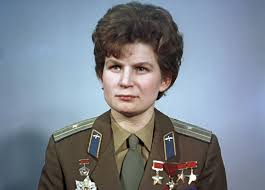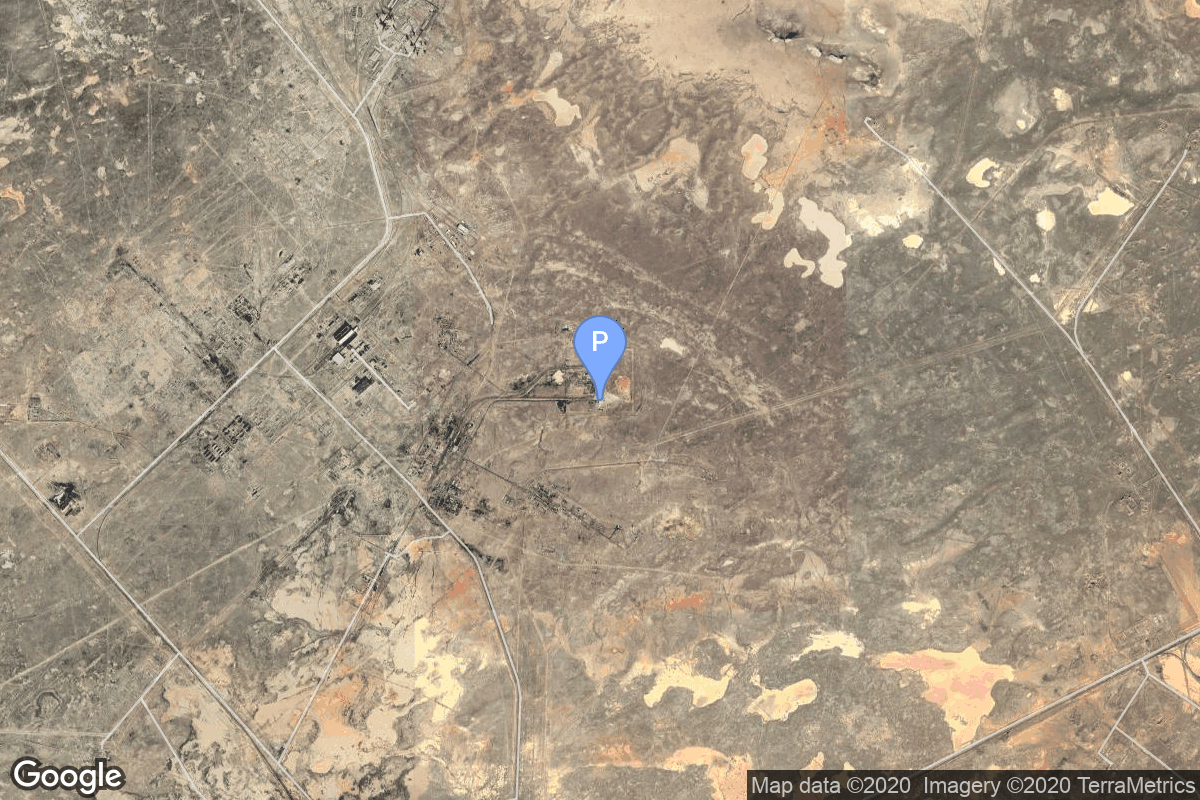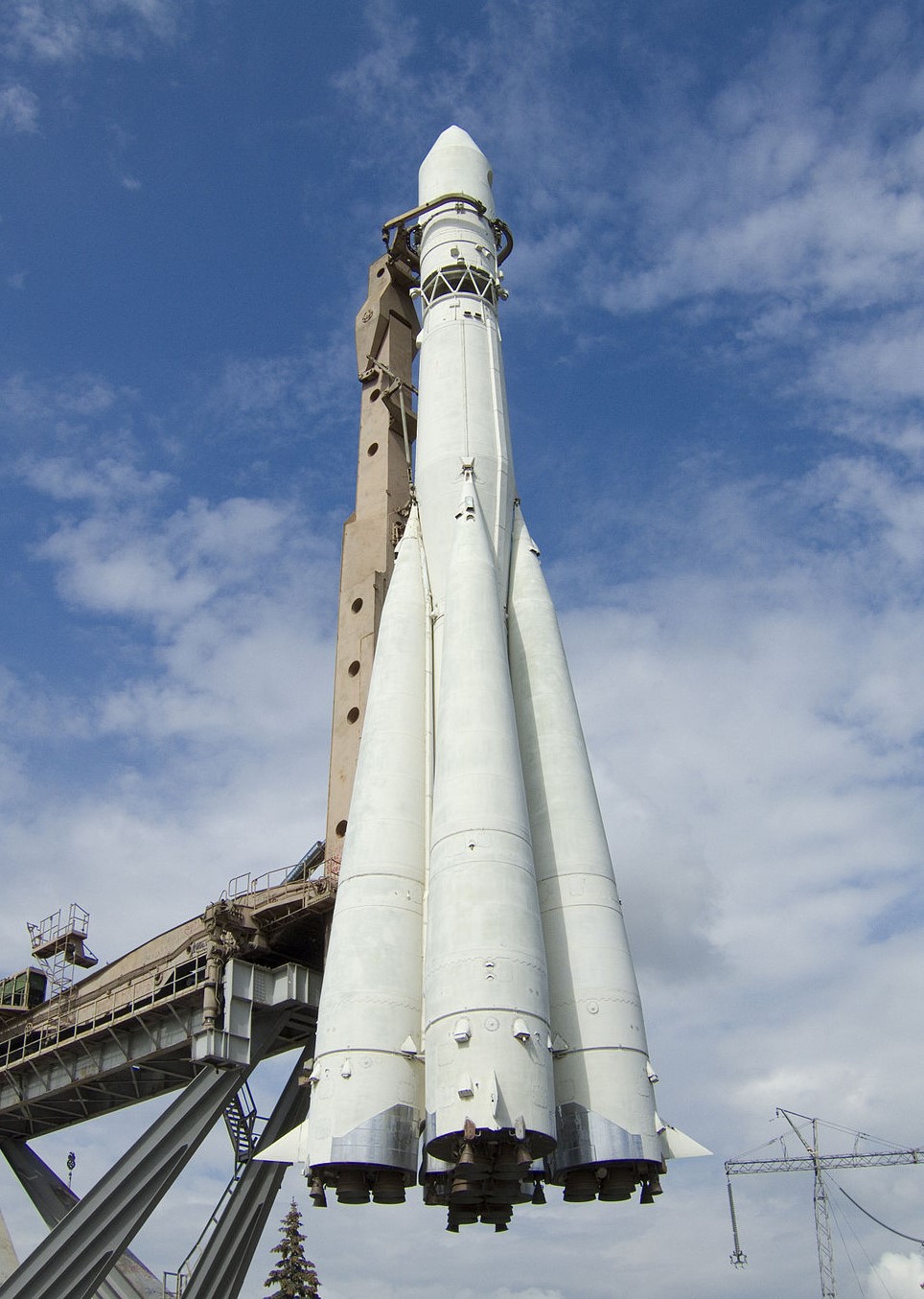Vostok 6
Vostok-K
Soviet Space Program
Crew

Valentina Tereshkova
- Birthday: 03/06/1937
- Role: Pilot
- Nationality: Russian
- First Flight: 06/16/1963
- Last Flight: 06/16/1963
Valentina Vladimirovna Tereshkova (born 6 March 1937) is a retired Russian cosmonaut, engineer, and politician. She is the first woman to have flown in space, having been selected from more than 400 applicants and five finalists to pilot Vostok 6 on 16 June 1963.
In order to join the Cosmonaut Corps, Tereshkova was honorarily inducted into the Soviet Air Force and thus she also became the first civilian to fly in space.
Mission
Vostok 6
- Type: Human Exploration
- Orbit: Low Earth Orbit
Vostok was the last mission of the Vostok program. It was piloted by Valentina Tereshkova. The mission was launched two days after Vostok 5. The mission began on 16 June 1963, 09:29:52 UTC and ended on 19 June 1963, 08:20 UTC.
Location
Rocket
Soviet Space Program Vostok-K
The Vostok-K was an expendable carrier rocket used by the Soviet Union for thirteen launches between 1960 and 1964, six of which were manned.
The Vostok-K made its maiden flight on 22 December 1960, three weeks after the retirement of the Vostok-L. The third stage engine failed 425 seconds after launch, and the payload, a Korabl-Sputnik spacecraft, failed to reach orbit. The spacecraft was recovered after landing, and the two dogs aboard the spacecraft survived the flight.
On 12 April 1961, a Vostok-K rocket was used to launch Vostok 1, the first manned spaceflight, which made Yuri Gagarin the first human to fly in space.
Agency
Soviet Space Program
The Soviet space program, was the national space program of the Union of Soviet Socialist Republics (USSR) actived from 1930s until disintegration of the Soviet Union in 1991.
The Soviet Union’s space program was mainly based on the cosmonautic exploration of space and the development of the expandable launch vehicles, which had been split between many design bureaus competing against each other. Over its 60-years of history, the Russian program was responsible for a number of pioneering feats and accomplishments in the human space flight, including the first intercontinental ballistic missile (R-7), first satellite (Sputnik 1), first animal in Earth orbit (the dog Laika on Sputnik 2), first human in space and Earth orbit (cosmonaut Yuri Gagarin on Vostok 1), first woman in space and Earth orbit (cosmonaut Valentina Tereshkova on Vostok 6), first spacewalk (cosmonaut Alexei Leonov on Voskhod 2), first Moon impact (Luna 2), first image of the far side of the Moon (Luna 3) and unmanned lunar soft landing (Luna 9), first space rover (Lunokhod 1), first sample of lunar soil automatically extracted and brought to Earth (Luna 16), and first space station (Salyut 1). Further notable records included the first interplanetary probes: Venera 1 and Mars 1 to fly by Venus and Mars, respectively, Venera 3 and Mars 2 to impact the respective planet surface, and Venera 7 and Mars 3 to make soft landings on these planets.


